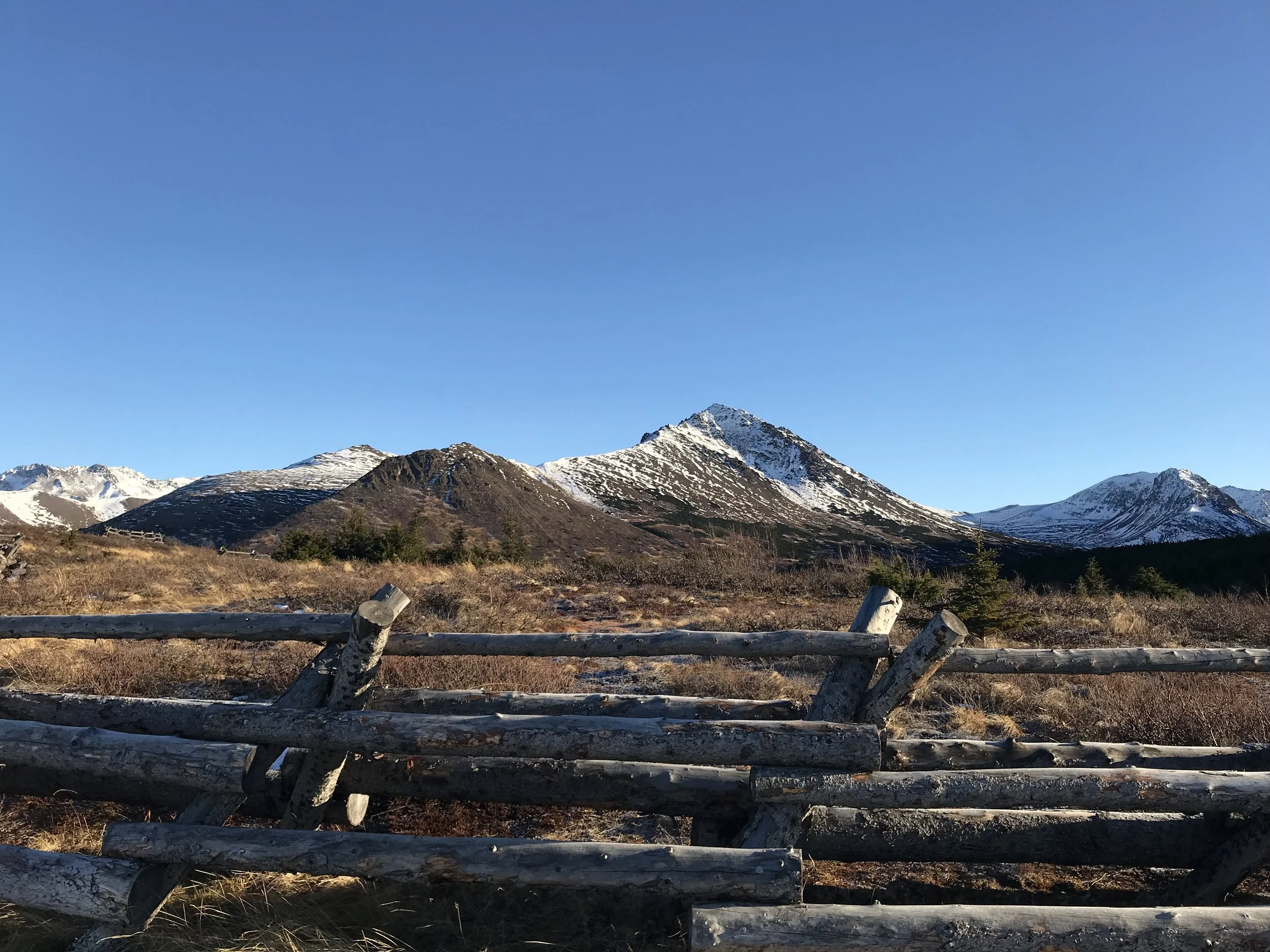Carbon offset credit advisory for family offices.
Carbon Credits and offsetting emissions have become a transformative topic for family offices and private owners of legacy assets in agriculture, timber, coal, oil and gas. As over 1,500 global companies commit to reducing their emissions to net zero, the role of carbon offset credits is growing in importance.
According to the International Energy Forum, a carbon offset credit can come from four categories: avoided nature loss including deforestation; nature-based sequestration, such as reforestation; avoidance or reduction of emissions such as methane from landfills; and technology-based removal of carbon dioxide from the atmosphere like carbon capture, utilization, and storage.
Crestmont management has nearly 20 years of experience in identifying and evaluating legacy assets that may generate carbon offset credits - and is working with select family offices to quantify and monetize these potential credits from their legacy assets.
Crestmont engages with family offices as an advisor in exchange for a contingent share of profits created directly from our involvement in helping monetize carbon offset value from legacy assets owned by the family office. Once engaged we charge a modest advisory retainer, which is netted from our profit share, and all expenses associated with creating carbon offset credits are subject to review and pre-approval by the family office. No surprises. Complete visibility.
Forestry Land
Families with legacy land positions that include forestry, grass lands, streams and rivers may be eligible for remediation or prevention actions that would generate marketable carbon offset credits.
Coal Minerals and Mines
Families with legacy assets in coal minerals and land, especially those that include abandoned or inactive mines can be candidates for generating marketable carbon offset credits from these assets.
Agricultural
Carbon offset buyers are very interested in methods for more sustainable farming practices, including crop rotation, as ways to prevent or reduce emissions.
Livestock
Manure methane capture. It might stink, but its in demand.





